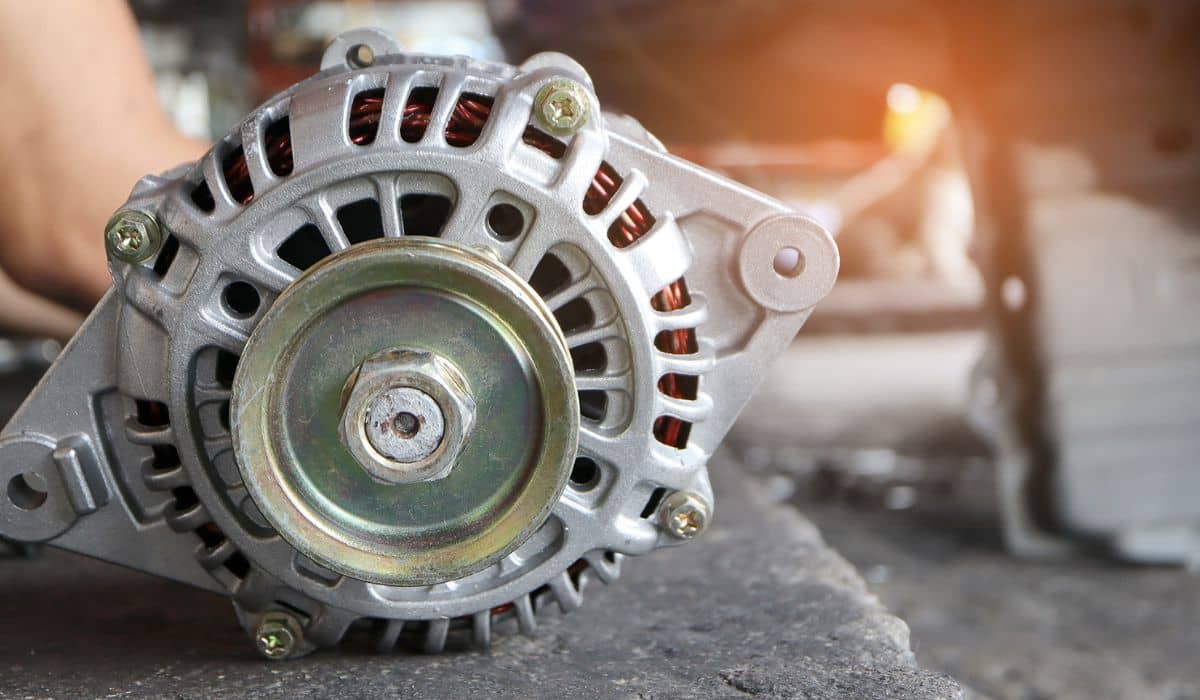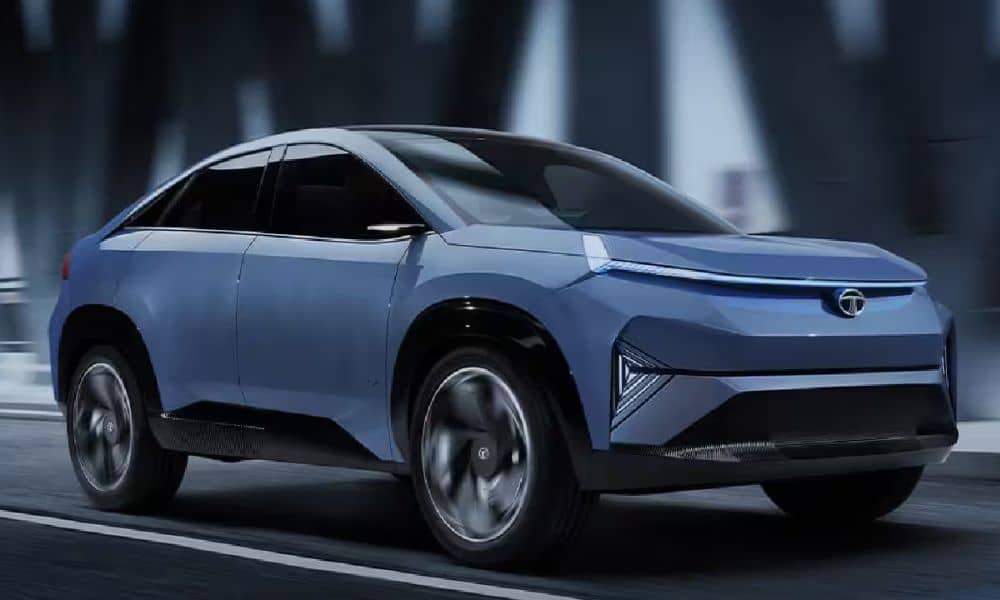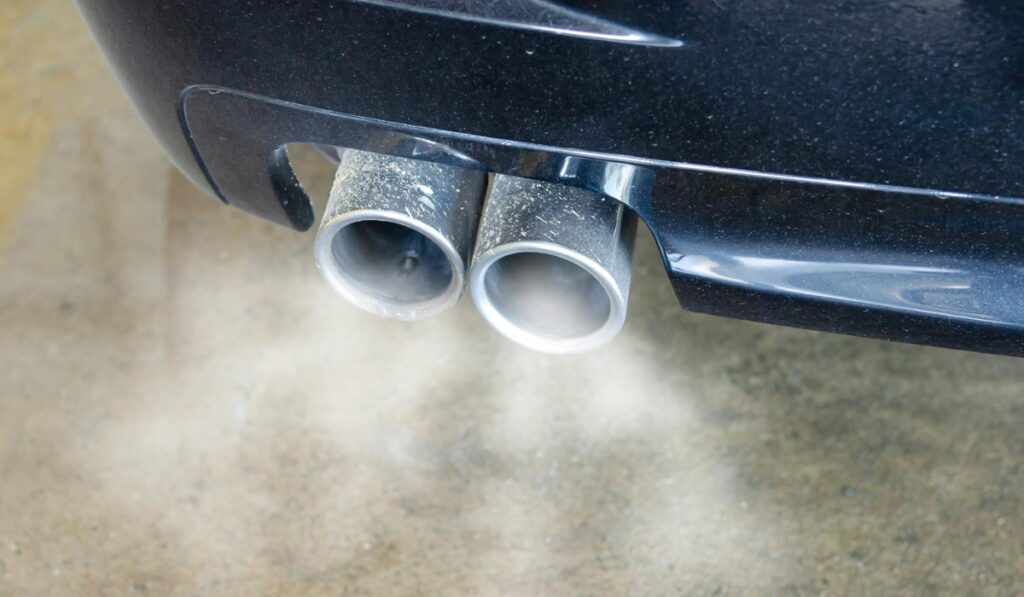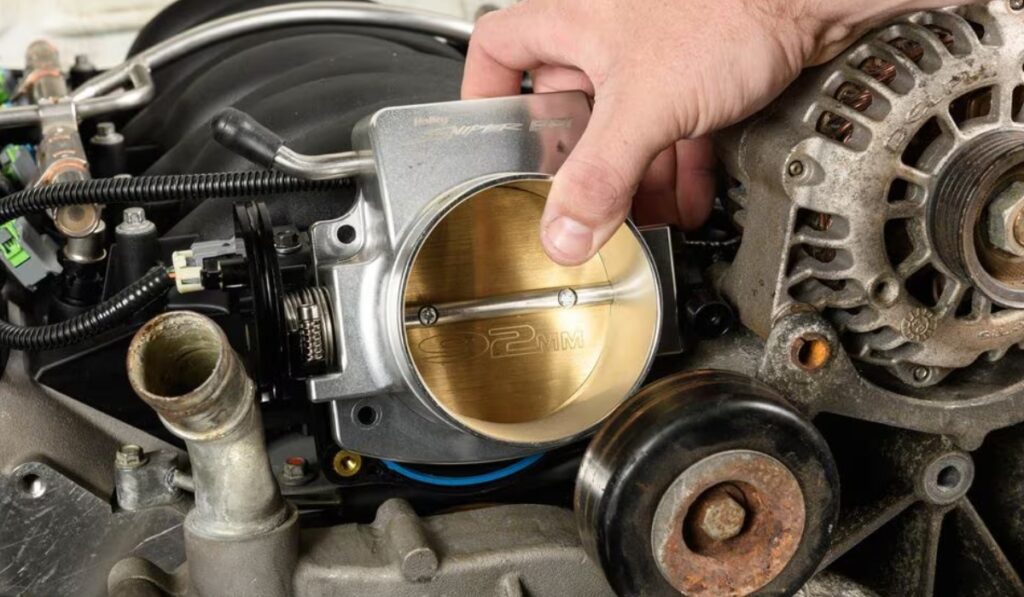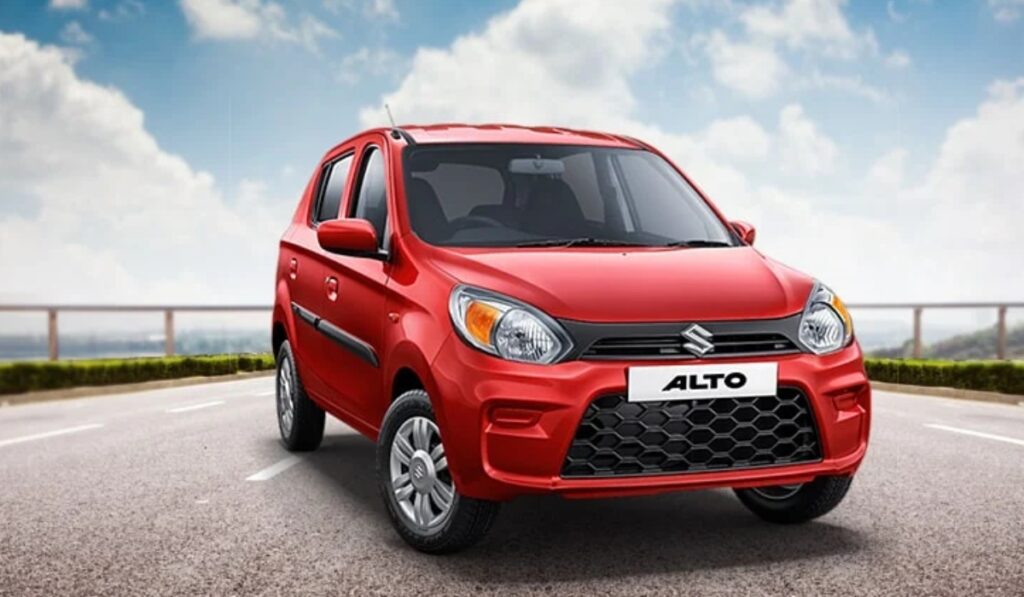The alternator is a crucial component in a car’s electrical system, converting mechanical energy into electrical energy to power the vehicle’s electronics and charge the battery. With the high costs of replacing an alternator, a common question that arises is, “Is an alternator covered under warranty?”
Factory Warranties
New vehicles come with manufacturer warranties that typically cover the major components, including the alternator, for the first 3 years or 36,000 miles.
As a vital part of the electrical system, alternators are usually included under both the bumper-to-bumper and powertrain warranties.
Specifically, the bumper-to-bumper warranty covers any factory defects in material or workmanship. So, if the alternator fails due to a defect, this would be covered under the bumper-to-bumper warranty.
The powertrain warranty covers the engine, transmission, drive axles and other components that make the vehicle move. Since the alternator charges the battery which powers all electrical components, it is considered part of the powertrain system.
Keep in mind that warranty coverage can differ slightly between manufacturers and models. But in most cases, a faulty alternator due to a defect rather than wear and tear will be covered under factory warranties.
Wear and Tear
Factory warranties do not cover normal wear over time and mileage. Alternators have brushes that eventually wear out, bearings that can fail, diodes that burn out – diminishing performance over years of running.
At some point, the alternator may fail to work effectively or go out altogether. This gradual deterioration due to standard use and aging is generally not covered once outside the time/mileage terms of the factory warranties.
- Only manufacturing issues or defects would typically be covered, not natural end-of-life failure.
- Extended protection plans may cover replacement costs past the factory warranty expiration.
So, check your owner’s manual for specifics on coverage inclusions or restrictions related to wear parts like the alternator.
Aftermarket Alternators
The use of an aftermarket or rebuilt alternator rather than an OEM part can also impact warranty coverage. Installing a non-original equipment alternator doesn’t void the entire vehicle warranty.
- But it may exclude that specific part from coverage compared to a factory-installed alternator.
- Any damage caused by the aftermarket alternator could also be denied warranty repair.
Always check with your dealer’s service department before installing a non-OEM alternator or other components to understand any repercussions with the warranty. They should be able to look up the factory warranty specifications based on your vehicle make, model and year.
Signs of Alternator Problems
Catching alternator problems early provides the best chance for warranty coverage on replacement parts and related repairs. Here are common signs of alternator failure:
1. Warning Lights
The battery or check engine light may come on indicating low voltage or battery charging issues. This dashboard alert means the alternator may be having trouble creating electricity.
2. Electrical Issues
Dim headlights, flickering interior lights or electronics turning off can point to voltage drops from a dying alternator. Lack of power prevents proper operation of electrical components.
3. Battery Problems
A consistently undercharged or dead battery after driving is a prime symptom. The alternator isn’t providing the electricity needed to sustain the battery.
4. Strange Noises
Unusual noises like whining, growling or squealing can emanate from a damaged alternator. This typically signals internal bearing deterioration.
At the first signs of alternator problems, have your vehicle inspected by a certified mechanic. Getting potential manufacturing issues documented provides the best shot for warranty support. Or you may discover the problems are due to standard wear and learn about economical rebuilt options.
Diagnostic Testing
Sophisticated diagnostic testing is required to truly determine if alternator failure results from defects or normal wear. A skilled mechanic will use tools like:
- Voltage Output Tests – Checks if the alternator produces appropriate current
- Diode Rotor Exam – Assesses internal diode functioning
- Bearing Tests – Detects noise indicating wear
Based on diagnostics, the mechanic can advise if the faulty alternator is likely covered under warranty or will need replacement at your cost. Proper testing protects against unnecessary charges.
Remanufactured Alternators
Rather than brand new OEM alternators, many mechanics install remanufactured units as more cost-effective replacements. These are:
- Dismantled and rebuilt with new internal components
- Rigorously tested to ensure optimal performance
- Covered by replacement warranties (1-3 years)
Remanufactured alternators provide affordable options when repairs aren’t covered by factory warranties. And salvaging working parts is better for the environment. Just ensure they are tested to verify comprehensive refurbishing.
When an Alternator May Not Be Covered under Warranty
Most new alternators come with a warranty covering defects in workmanship and materials. However, improper use or external damage can void the warranty coverage. Let’s find out Situations Where Alternator Damage May Void the Warranty
Operating the vehicle outside manufacturer specifications
Manufacturers provide specific guidelines for safe RPM ranges, electrical loads, etc. Exceeding these specifications can overwork the alternator leading to overheating, worn brushes, damaged windings and bearing failures that would not be covered under warranty due to improper use.
Examples:
- Revving the engine too high beyond the redline puts more mechanical strain on components
- Adding too many accessories like lights, chargers etc. overloads the alternator output capacity
Shackling voltage regulators
Interfering with the voltage regulator settings disrupts the alternator’s ability to properly charge the battery and manage electrical loads. This can lead to overheating and component failures.
- Example: Using an incompatible external voltage regulator not approved by the manufacturer
- Failing to properly service the alternator
Lack of routine inspections, belt/pulley replacements, testing for charging issues etc. allows problems to compound over time before total alternator failure occurs. Warranties expect proper maintenance to be followed.
Examples:
- Not routinely inspecting belts for cracking or deteriorating pulleys
- Ignoring warning signs of charging problems
Factors That Strain or Damage Alternators
Dirty or Cracked Belts
Engine drive belts transfer the rotational force from the crankshaft pulley to run accessories like the alternator. Belts accumulate dirt and grease over time that causes them to become brittle and crack prematurely.
Effect on Alternator:
Dirty and cracked belts are prone to slippage on the pulleys. This inconsistent contact causes fluctuating rotational speeds of the alternator, putting abnormal strain on internal components. It also generates damaging levels of heat due to friction.
Outcome:
The bearing and brush systems wear out more rapidly. Pulley shafts can become bent. Heat stresses wiring insulation and solders. Premature alternator failure results.
Bent Pulley Shafts
The alternator pulley spins on a metal shaft supported by bearings. Side impacts or abnormal torque loads can bend this shaft out of proper alignment.
Effect on Alternator:
The pulley wobbles excessively on a bent shaft rather than spinning true. This puts uneven mechanical forces on the shaft and bearings. It also causes belts to ride closer to the edges of pulleys creating localized wear points.
Outcome:
Bearings fail prematurely from uneven loads. Belts wear faster and deteriorate on one side from misalignment. This strains the alternator mechanics and electrical generating components leading to early failure.
Overheating Issues
Most alternators rely on passive air cooling as they lack internal fans. Engine heat soak combined with internally generated heat can exceed component tolerances without proper thermal management.
Effect on Alternator:
Sensitive electronics like the voltage regulator diodes cannot operate properly above around 250°F degrees. Heat degrades insulation on windings causing shorts.
Outcome:
Stressed diodes fail prematurely affecting voltage control. Winding insulation breakdown causes resistance changes that affect output. Total electrical failures result.
Preserving the Warranty
To keep your factory new car warranty intact, always maintain service records, follow maintenance schedules, and install OEM parts when possible. Use high-quality oils, fluids and filters to protect engine components like the alternator.
- Keep all repair invoices in case questions arise about the warranty later.
- Following recommended service intervals demonstrates responsible upkeep.
- Utilizing official components preserves the intended performance.
Careful adherence to factory specifications prevents voiding factory coverage. Review your owner’s materials so you understand included services, scheduling, and parts throughout the warranty period.
Extended Protection Plans
Once vehicle factory warranties expire, reputable extended auto service contracts can provide ongoing protection for pricy repairs like alternators. Extended repair coverage gives peace of mind against unexpected costs. Extended warranties vary in:
- Length of coverage
- Reimbursement amounts
- Repair facility options
- Included vehicle systems
When pricing extended protection plans, prioritize companies with excellent financial strength and transparency. Review what current owners say about claim processes and pay-outs as well. While added warranty costs seem counter-intuitive, one major repair bill can more than offset years of premium payments.
The Bottom Line
During the factory warranty period, alternators are generally covered as:
- Defective parts causing failure
- Components under powertrain warranties
FAQ
1. Are Alternators Covered Under Factory New Car Warranties?
Yes, alternators are covered under both bumper-to-bumper and powertrain warranties against defects in materials and workmanship. Gradual wear is not included.
2. Does Installing An Aftermarket Alternator Void The Warranty?
Putting in a non-OEM alternator does not void the whole warranty, but it may exclude that part from coverage and related damage.
3. What Are Signs My Alternator Might Be Failing?
Warning lights, electrical issues, battery problems, and strange noises can indicate alternator problems. Diagnostic testing is needed to determine root causes.
4. Can I Get An Affordable Remanufactured Alternator?
Yes, remanufactured alternators salvage working parts to provide cost-effective and environmentally friendly replacements not covered by factory warranties.
5. Should I Buy An Extended Protection Plan?
Once factory warranties expire, extended repair coverage provides protection against expensive alternator repairs and gives peace of mind. Compare plans carefully.
Alternators fail over time due to standard wear, at which point they would not be covered. Aftermarket parts also risk voiding factory warranty coverage.
To qualify for warranty support, immediate diagnosis of issues is key along with proof of necessary maintenance. Understanding factory coverages, repair costs, and extended protection options allows smart financial decisions about alternator repairs.

